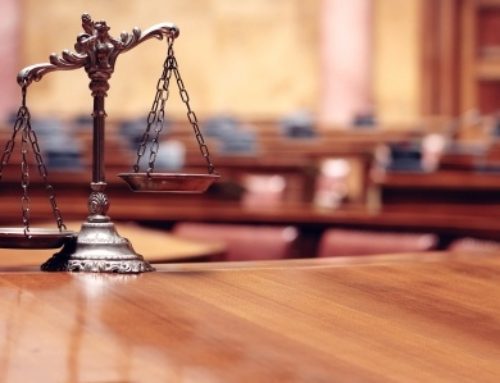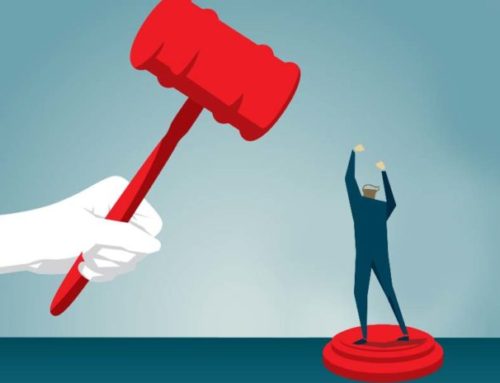Editor’s Note: The article comments on the press conference delivered by the four senior-most puisne judges of the Supreme Court of India on the 12th January, 2018. It focuses on two conventional practices ordinarily governing judicial administration. The first being that of judiciary refraining from making public engagement through the media and the press, while the second being a chief-justice’s role as the master of the roster.
Something unprecedented in judicial history happened as the clock struck noon on the 12th day of January, 2018. For better or for worse, it is certain that the episode will inevitably redesign the fabric of the judicial robe for years to come. The four senior-most puisne judges of the Supreme Court (Justices Chelameswar, Lokur, Joseph and Gogoi) summoned the media to deliver a press-conference. For the judiciary, press is ordinarily seen as forbidden and reticence from public engagement as a desirable virtue so as to instill free and fair working of this wing of constitutional scheme which commands neither by purse or by sword, but by principles. This post is a primer on the concern raised by these judges with respect to administrative power of Chief Justice of India and the probable implication of expression of dissent by siting Supreme Court judges through press conference.
The four judges expressed their “great anguish” on the apparent abuse of the conventional practice of the Chief Justice of India’s role as the “master of the roster”. What this means is that the CJI is bestowed with the power (which the four judges have referred to as his “privilege”) to assign cases to different benches of the court. The judges’ reticence was broken by publishing a letter that they had written for the Chief Justice. The two specific issues highlighted in that letter are with respect to departure from the unwritten conventions of scope of CJI’s administrative power to facilitate transaction of business through framing rosters and handling of issue of Memorandum of Procedure concerning the appointment of judges to high courts and the Supreme Court.
Neither the Constitution nor Supreme Court Rules, 2013 completely define the scope of CJI’s administrative power. It is, as exposited by the four judges in their letter, a power originating in the long-established conventions and traditions of Anglo-Saxon foundations of our legal system. The Supreme Court in State of Rajasthan v. Prakash Chand & Ors. has made distinction between the judicial and administrative function of Chief Justice of High Courts wherein on judicial front Chief Justice is only “first among the equals” but on administrative front he alone is vested with the power of making the roster.
Recently in November 2017, a constitutional bench led by Chief Justice Dipak Misra hearing the Medical bribery case (Kamini Jaiswal v. Union of India), extended the applicability of principle laid down in Prakash Chand case to the powers of CJI and categorically declared his prerogative as master of the roster with final say in allocation of cases to different judges of the apex court.
One of the concerns raised by the four judges was with respect to the selective cases where the CJI used his power to to allocate cases to “benches of his preference” which was considered against the long established canons of case Supreme Court, Judicial Ethics, Chief Justice of India does not convert into unbridled and arbitrary exercise of power by CJI.
Further, the entire episode raises larger questions about the check and balance mechanism within the judiciary. While it is trite to say that the CJI is only “the first among equals,” how do we interpret the event to be an indicator of expression of discontentment is a question that signals an important point in judicial trends. Sidharth Chauhan, a legal scholar who teaches at NALSAR is of the view that “the judiciary can no longer be seen as a closed system akin to a family, a sports team or a unit of the military” and thus has to inter-mingle with the larger body politic including the media to sustain its characteristic of being a public institution. The Code of Judicial Ethics, 1999 commands, albeit de hors of any force of law, that a judge is expected to speak through his or her judgements and s/he shall not publicly express views on matters likely to arise for political determination. However, this ceiling stands broken today, and the event of 12th January will surely go into the annals of defining new ethics of the judicial realm.
Until now, the dissents, resolution of issues and other matters pertaining to their internal functioning have always been within the bounds of their own fold, thus maintaining secrecy and perhaps arguably keeping up the sanctity of their domain in the eyes of the public. This means that the judges were until now locked in closed doors vis-à-vis going to the press and if any judge had even a slightest desire to do so, he/she was under great restraint. With this press conference by the top-most judges in India, the threshold of that restrain is lowered and mellowed-down, and judges would perhaps now feel less discomforting to voice themselves in to the media in the future. As they say, taking the first step is always the hardest, and surely a precedent was set on the 12th January. But we must not fall trap to the fallacy of slippery slope and be hasty to conclude that a floodgate of similar incidents has been opened. Everything ultimately rests on how individual judges interpret this precedent in the future.
The exact impact of this development on the judiciary is yet to be seen. As of now, the Bar Council of India has set up a seven member committee to probe into issue. Hopefully, this will pave the way towards not only an efficient but also a more transparent administration of the Supreme Court.
Aditi Tomar is a third-year B.A., LLB. (Hons.) Candidate at NALSAR and a Fellow at Nyaya Forum for Courtroom Lawyering. The article includes inputs from Abhijeet Singh Rawaley and Sidharth Aiyanna.







Leave A Comment